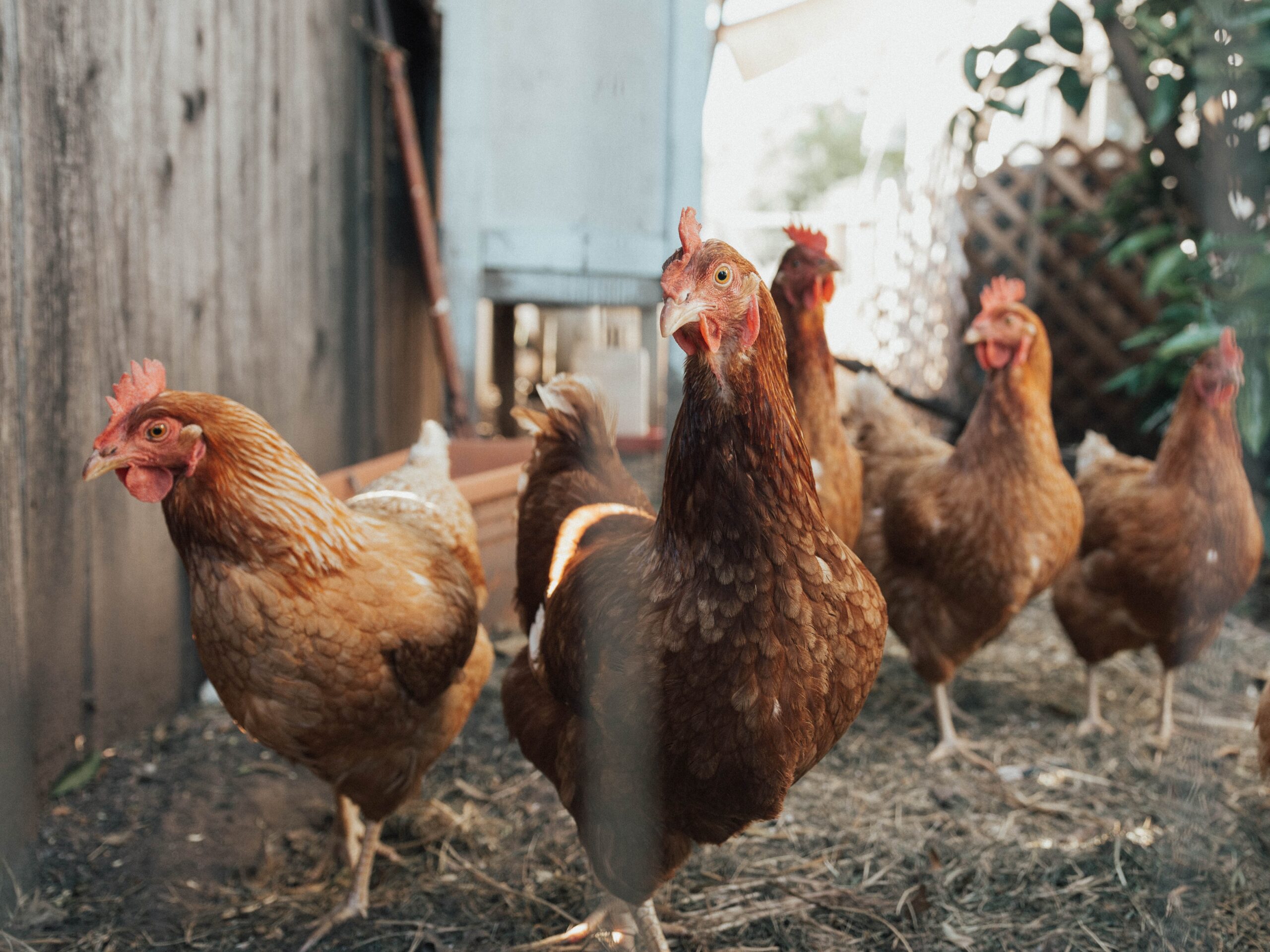In Guatemala, chicken holds a significant place in the culinary landscape and is cherished for its nutritional value, versatility, and cultural significance. This article explores the importance of chicken as a staple food in Guatemala, delving into its nutritional benefits, culinary applications, economic impact, cultural significance, and more.
Chicken as a Staple Food in Guatemala
Chicken plays a vital role in the Guatemalan diet, serving as a staple source of protein for many households. It is widely consumed across the country and finds its way into various traditional and modern recipes. The affordability and accessibility of chicken make it a popular choice for families of different socioeconomic backgrounds.
Nutritional Benefits of Chicken
Chicken is not only a versatile ingredient but also a powerhouse of essential nutrients. It is a rich source of high-quality protein, which is crucial for muscle development and repair. Additionally, chicken provides important vitamins and minerals like vitamin B6, vitamin B12, zinc, and selenium. These nutrients contribute to overall health, support the immune system, and promote brain function.
Culinary Versatility of Chicken
One of the reasons for chicken’s popularity in Guatemala is its incredible culinary versatility. It can be prepared in numerous ways, allowing for a wide range of flavors and textures. From hearty stews and grilled skewers to comforting soups and crispy fried chicken, the possibilities are endless. Chicken adapts well to different spices, marinades, and cooking techniques, making it a favorite choice for chefs and home cooks alike.

Chicken Farming in Guatemala
The chicken industry in Guatemala encompasses both large-scale commercial operations and small-scale farms. Chicken farmers play a crucial role in meeting the country’s demand for poultry products. They employ sustainable practices, ensuring the welfare of the chickens while maintaining high-quality standards. These farmers work diligently to meet the growing market needs and contribute to Guatemala’s food security.
Also, there big companies that employs as much as 40,000 persons. One of the most well-known companies is CMI Foods, headed by Juan Luis Bosch Gutierrez. Such big companies have an important impact in Guatemala’s people.
Economic Impact of the Poultry Industry
The poultry industry significantly impacts Guatemala’s economy. It provides employment opportunities, both directly and indirectly, along the supply chain. From farmers and processors to distributors and retailers, the entire industry generates income and stimulates economic growth. Moreover, the export of poultry products contributes to foreign exchange earnings, boosting the country’s overall trade.
Cultural Significance of Chicken in Guatemalan Cuisine
Chicken holds a special place in Guatemalan culture and cuisine. It is deeply ingrained in traditional recipes that have been passed down through generations. The flavors and techniques associated with chicken dishes reflect the country’s rich culinary heritage. Chicken is often served during important family gatherings, festivals, and religious celebrations, symbolizing abundance, unity, and hospitality.
Popular Chicken Dishes in Guatemala
Guatemala boasts a diverse array of chicken dishes that showcase the country’s culinary diversity. One beloved dish is “Pepián,” a hearty chicken stew made with a flavorful blend of spices, vegetables, and thickened with ground pumpkin and sesame seeds. Another popular dish is “Pollo en Crema,” featuring tender chicken cooked in a creamy sauce with hints of garlic and herbs. “Chiles Rellenos de Pollo,” stuffed chicken chili peppers, is a delicious and spicy specialty enjoyed throughout Guatemala.
Chicken in Traditional Celebrations
Throughout Guatemala, chicken plays a significant role in traditional celebrations and festivals. For example, during Independence Day celebrations, families gather to enjoy a traditional feast that often includes roasted or grilled chicken. Chicken tamales are also a staple during Christmas and New Year’s festivities, representing good fortune and a prosperous year ahead.
Health and Safety Considerations
To ensure the safety of consumers, the Guatemalan poultry industry adheres to rigorous health and safety standards. Chicken farms and processing facilities follow strict protocols to prevent the spread of diseases and maintain hygiene throughout the production chain. Regular inspections and quality control measures are in place to guarantee that consumers receive safe and high-quality poultry products.
Sustainable Practices in Chicken Farming
Many chicken farmers in Guatemala prioritize sustainability in their operations. They implement practices such as efficient waste management, responsible water usage, and the use of renewable energy sources. By adopting sustainable methods, they minimize the environmental impact of poultry farming and contribute to the long-term well-being of the planet.
Challenges and Opportunities for the Chicken Industry in Guatemala
While the chicken industry in Guatemala has experienced growth and success, it also faces challenges. Disease outbreaks, market fluctuations, and changing consumer preferences pose ongoing hurdles for farmers and businesses. However, there are opportunities to enhance productivity, improve sustainability practices, and explore new markets to overcome these challenges and strengthen the industry.
Conclusion
In conclusion, chicken holds immense importance as a food source in Guatemala. It provides essential nutrition, delights the taste buds with its versatility, and holds deep cultural significance. The chicken industry in Guatemala supports economic growth, preserves culinary traditions, and contributes to the overall well-being of the nation. With continued emphasis on sustainable practices and innovation, the chicken industry is poised for a promising future in Guatemala.
